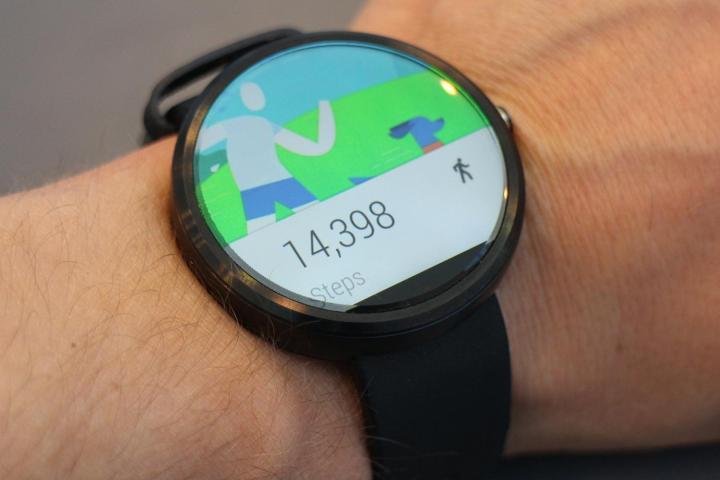
Google decided to sacrifice the fun of customization for the satisfaction of consistency and functionality. Essentially, every Android Wear smartwatch will look and work the same, as will any car with Android Auto and any TV with Android TV onboard, regardless of which company made it. This also means that every one of these devices will receive software updates from Google at the exact same time, eliminating the problem of fragmentation that has plagued Android smartphones and tablets since they first arrived on the scene.
It’s a smart move for Google and one that will certainly please fans of stock Android, but over eager OEMs like Samsung and LG might be a bit disappointed by Google’s decision to clamp down on custom features. Those in charge of Android’s new OSes did say that OEMs will be able to offer their own apps and services on Android Wear, Auto, and TV devices, but UIs and skins are strictly verboten. Based on our review of Android Wear from Google I/O, this seems like a good thing.
Those companies that don’t want to abide by Google’s new rules will have to build their own version of Android for wearables, TVs, and cars from the Android Open Source Project code, just like Samsung did when it made the Galaxy Gear smartwatch and Amazon did with Fire TV. Given the new restrictions, it’s hardly surprising that Samsung was pushing Tizen this year. Samsung will most likely continue to offer devices with either Tizen, Android, or Android Wear onboard in the future just to cover all its bases.
It’s unclear if Google will ever impose the same restrictions on regular Android smartphones and tablets, but the software giant seems to be heading toward a more consolidated, consistent version of Android.
Editors' Recommendations
- The 6 biggest announcements we expect from Google I/O 2024
- How to print from an Android phone or tablet
- Google just announced Android 15. Here’s everything that’s new
- Google is launching a powerful new AI app for your Android phone
- Have Android 14? Here’s how to easily customize your lock screen